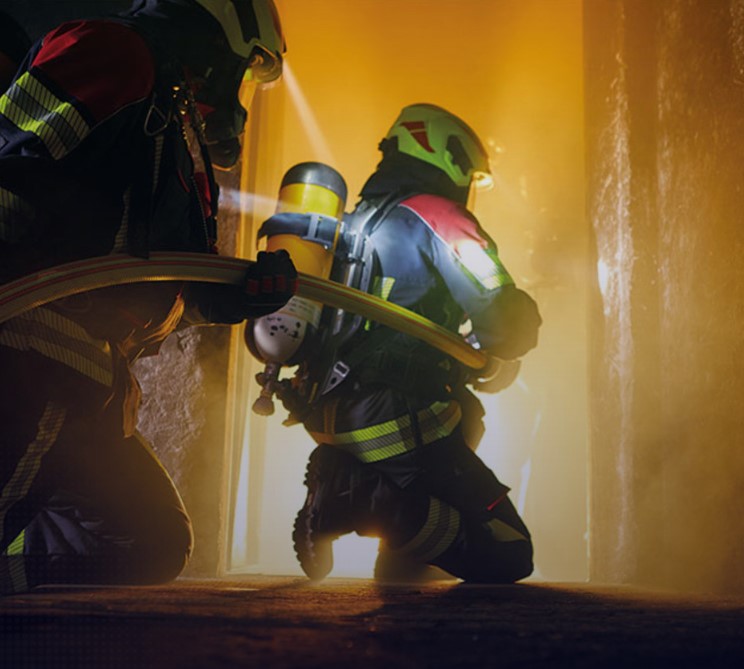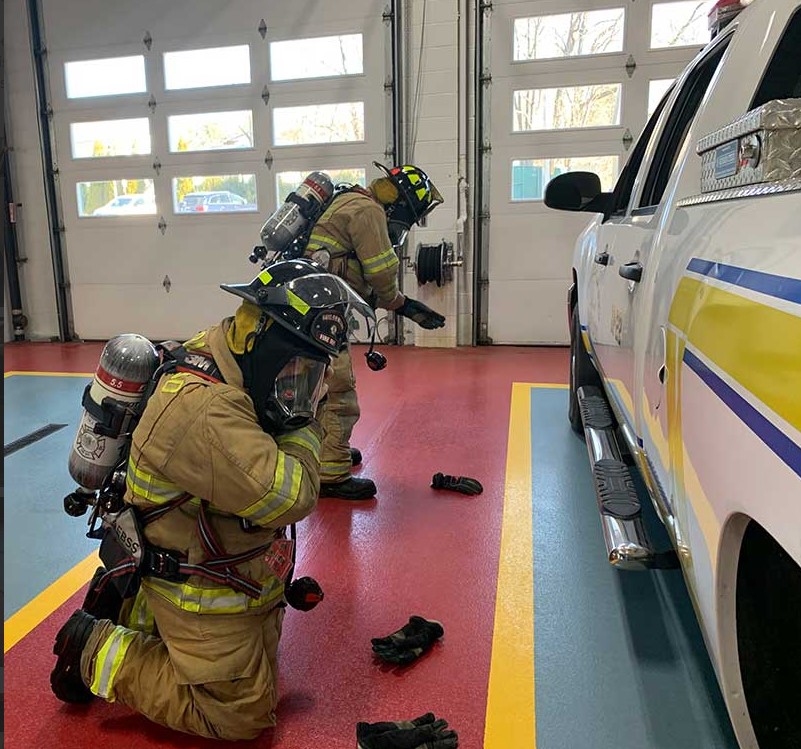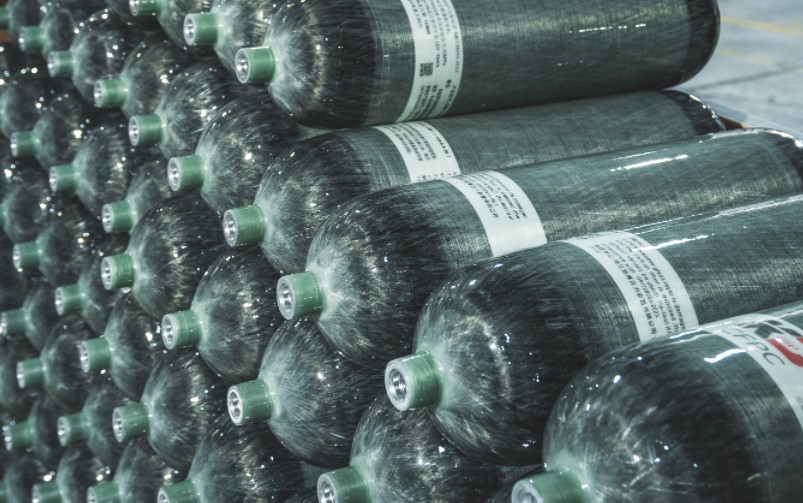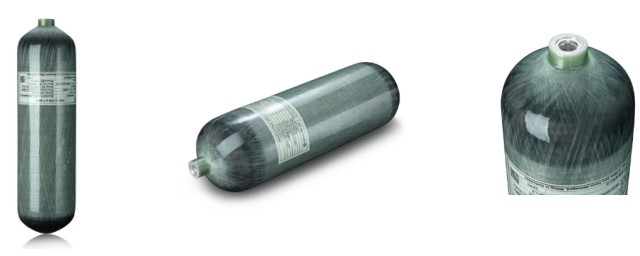Firefighting breathing gear plays a critical role in protecting first responders in environments filled with smoke, toxic gases, and oxygen-deficient air. The Self-Contained Breathing Apparatus (SCBA) is the standard gear for such conditions. Ensuring the long-term reliability of SCBA equipment is not only a safety requirement but also a practical necessity for day-to-day firefighting operations. This article outlines how to properly maintain firefighting breathing gear, especially focusing on the care and maintenance of carbon fiber composite cylinders, which have become increasingly common in modern SCBA units.
1. Understanding the Components
Before discussing maintenance, it is important to understand the key components of SCBA gear:
- Facepiece (mask): Provides a sealed environment around the firefighter’s face.
- Regulator and demand valve: Controls the flow of breathing air.
- Harness and backplate: Securely holds the equipment on the firefighter’s body.
- Carbon fiber composite air cylinder: Stores compressed breathable air, usually at 300 bar (around 4,350 psi).
- Pressure gauge and alarms: Help monitor remaining air.
Each of these parts must function correctly, but the cylinder requires particular attention due to the high pressures involved and its critical role in ensuring an uninterrupted air supply.
2. Why Carbon Fiber Cylinders?
Carbon fiber composite cylinders are widely used in SCBA units today for several reasons:
- Lightweight: They are significantly lighter than traditional steel cylinders, reducing fatigue.
- High strength-to-weight ratio: They safely contain high-pressure air without adding unnecessary bulk.
- Corrosion resistance: The composite materials used are less prone to corrosion compared to steel, making them ideal for humid or wet environments.
While these advantages are clear, carbon fiber cylinders also need specific care to maintain performance and safety over time.
3. Daily Use and Visual Checks
Every time a firefighter finishes using the SCBA, a basic inspection should follow:
- Check for damage: Look for deep scratches, dents, or gouges on the cylinder surface. Minor surface scuffs may be acceptable, but anything deeper could compromise the structural integrity.
- Inspect the valve assembly: Ensure the valve turns smoothly and is free of debris.
- Check the pressure: Cylinders should be refilled if the pressure drops below safe operating levels, usually 90% of full capacity.
Daily attention prevents small issues from becoming serious risks.
4. Scheduled Maintenance and Testing
In addition to daily checks, periodic maintenance is necessary. The general schedule includes:
- Hydrostatic testing: Required every 5 years (or per local regulations). This pressure test ensures the cylinder can still safely hold its rated pressure.
- Full visual inspection: Usually done annually by a qualified technician. This includes checking for delamination, exposed fibers, and signs of overpressurization.
- Valve servicing: Threads and seals should be inspected and lubricated as needed to prevent leaks.
All inspections and maintenance must be recorded for traceability and compliance.
5. Storage Conditions
How and where the gear is stored greatly affects its lifespan:
- Avoid direct sunlight: UV rays can degrade the outer layer of composite cylinders over time.
- Temperature control: Extreme temperatures, especially heat, can weaken the resin that holds carbon fibers in place.
- Keep dry and clean: Moisture and dirt can contribute to corrosion on valve parts and damage composite layers if not cleaned regularly.
Use wall mounts or dedicated compartments to store SCBA gear upright and off the floor.
6. Safe Refilling Practices
Carbon fiber cylinders should always be filled by trained personnel using certified equipment:
- Use clean, dry breathing air: Contaminants can damage both the cylinder interior and harm the user.
- Avoid overfilling: Always fill to the manufacturer-specified pressure, typically 300 bar. Overpressurization can lead to dangerous failure.
- Allow for cooling: Air warms up during compression. Wait for it to cool before checking final pressure.
7. Cylinder Lifespan and Retirement
Most carbon fiber cylinders have a service life of 15 years, depending on usage and condition. After this period, they should be taken out of service and properly disposed of or recycled. Even if the exterior appears fine, internal stress over time may compromise safety.
8. Training and Awareness
All firefighting personnel should be trained on the basic care of SCBA gear, especially on how to identify warning signs of cylinder wear or damage. Regular training ensures everyone can contribute to early detection of issues and safe handling of high-pressure components.
Conclusion
Maintaining firefighting breathing gear is a shared responsibility. While all components of SCBA units deserve attention, carbon fiber composite cylinders require special handling due to their materials, function, and pressure levels. With daily checks, proper storage, regular servicing, and an understanding of their operational limits, these cylinders can provide reliable, lightweight support to firefighters for many years. Prioritizing these maintenance practices ensures not only longer equipment life but more importantly, the safety of those who rely on them in high-risk environments.
Post time: May-09-2025




